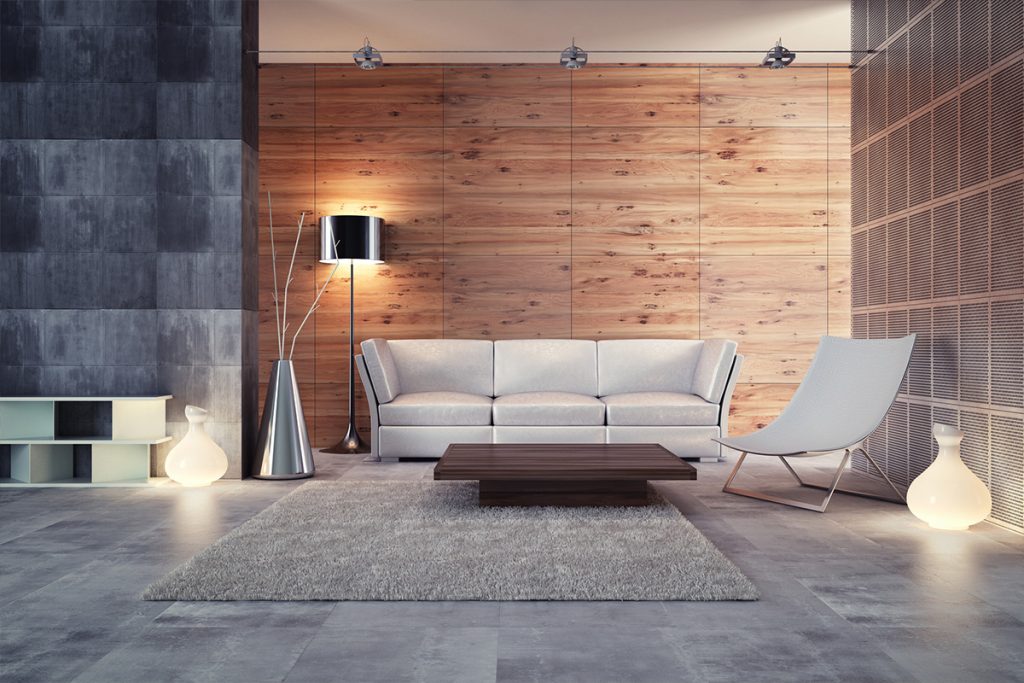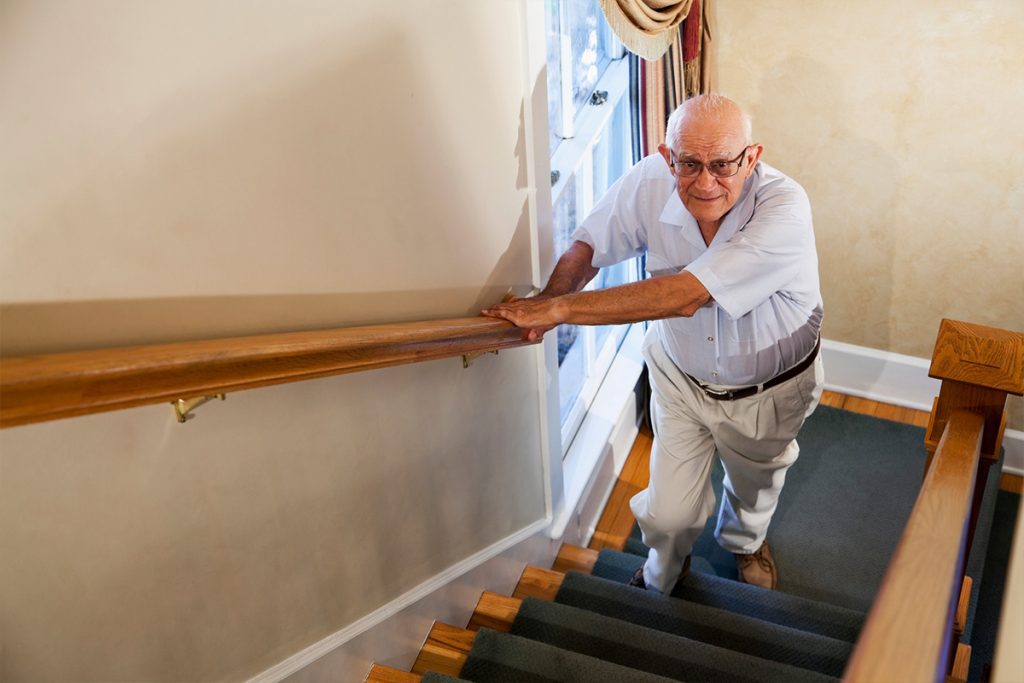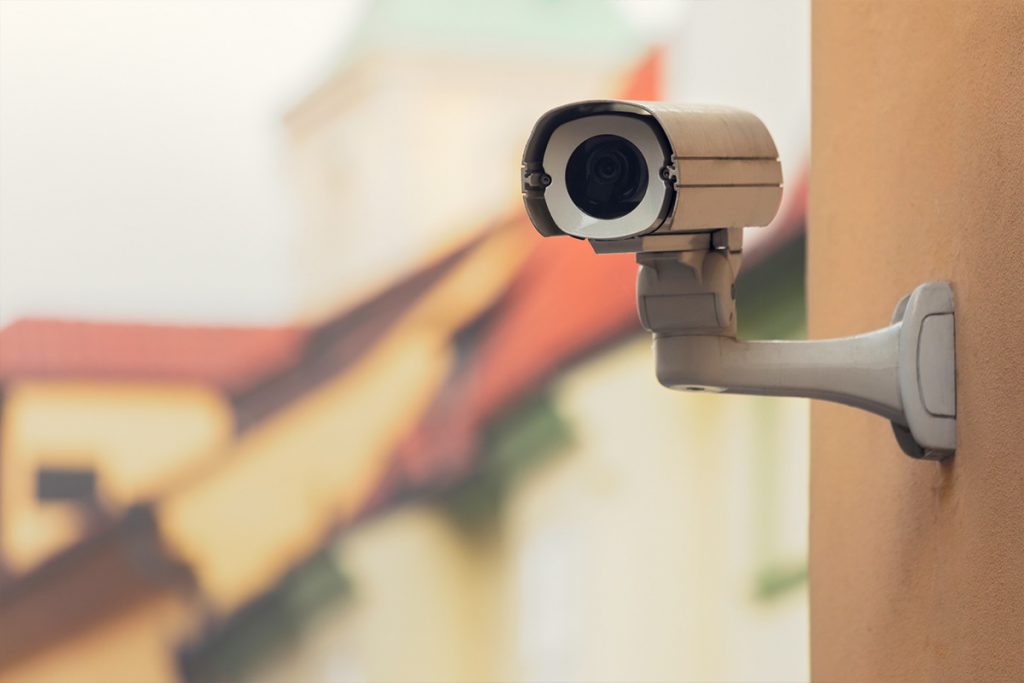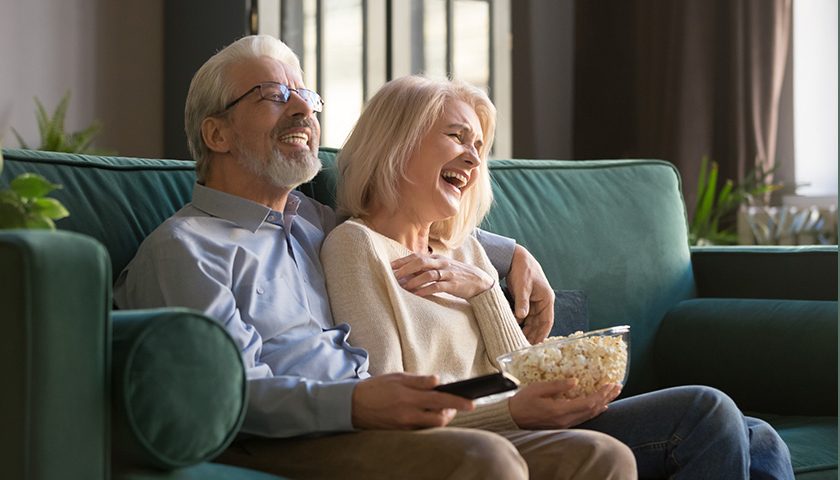Building a home is an investment. But how far ahead do you think? Do you consider ageing? A 2017 report by the United Nations Population Fund (UNFPA) shows that India’s ageing population has increased by leaps and bounds in recent years. In 2011, the proportion of the elderly was 8.6%, which will jump to 12.5% by the year 2030, and by 2050 the elderly will make up 19% of the total population.
The critical question now is, are we ready for them? Our homes are certainly not. By default, our homes are not designed to accommodate the special needs of an elderly person.
Here are five changes you can bring about in the design of your home to help yourselves or your loved ones to welcome the twilight years.
Improved floors and surfaces
Slips, trips, and falls are common occurrences for a person who is over 60. As the body ages, it becomes more fragile and weak, and there is the inability to maintain balance at all times. Having floors like polished ceramic, marble, and tiles are hazardous for an elderly person.

Put in more rugs and carpets in the most commonly used areas but make sure they stay firm on the ground to avoid tripping. Softening up surfaces also serve to cushion the body if at all, there is an accident.
Bathrooms are a particularly dangerous area, but it’s easy to make it senior-friendly with the help of anti-skid mats. If possible, try and replace the flooring in the bathroom to anti-slip tiles that have more grip.
The right kind of light
Those beautiful overhead lights? Overhead lights are highly impractical because they are not bright enough to illuminate all corners in a room and might trouble those with weak eyesight.

Supplement your lighting with brighter options that will highlight details like sharp edges or eliminate shadows. Install multiple such lights around the house wherever possible for the best effect and uniformity.
Another trick is to use coloured or contrasting lights to differentiate spaces and improve perception. Be mindful of glossy surfaces like granite kitchen worktops or shiny glass table tops that can cause harsh glares from these lights. Wherever possible, change to a matte finish or use accessories like table mats or runners to mute the effect.
Improving accessibility and movement
Very often, an elderly person is forced to be constrained within the house or to certain spaces in the home due to the lack of appropriate infrastructure, which can harm their physical and mental wellbeing.

Fitting ramps wherever possible and eliminating stairs can give a new lease of life for the seniors in your home. If there are walkers and wheelchairs in the picture, create spaces that can accommodate their width and size.
Most often, our homes look small because we have filled up space with too many pieces of furniture or clutter. Maintaining a clean and obstacle-free area will give the older person space to move around confidently. Try to make all surfaces even, as well, by adding little wheelchair-friendly attachments to doorsteps and changing the door saddles to a flatter shape.
Safety and security
Are your parents living alone in their home? Or are they alone at home when you are at work? Not only would you have to make the interiors elderly-friendly, but you also need to take extra precaution for their safety. Seniors rely on home delivery for groceries, food, and other necessities and security is of paramount importance.

Install video cameras at the gate and main door along with a reliable burglar alarm system. Elderly folks who stay in apartments on higher floors are particularly vulnerable as they tend to be isolated from the stream of people and guards usually present on the ground floor. Adding a smart lock, in this scenario, will make the home doubly secure.
If you have parents or relatives who are infirm or much advanced in age, it will help to install cameras inside the home as well. This will enable you to keep an eye on them throughout the day and rush immediately in case of emergencies.
Small but powerful
Thoughtful touches in furniture, design, and lighting all over the house make a tremendous difference to the quality of life of the elderly in your home. For instance, older people who suffer from arthritis or shoulder issues might find it difficult to reach shelves at a height.
- Keeping everything that they require at a comfortable level will help them continue to be self-reliant in some ways.
- Similarly, fit a pull cord switch for lights around the house.
- In their bedroom, wire a connection to the main light right next to the bed, making it easy for them to operate.
- Add hand-rails and grab bars in the bathroom and other difficult areas.
- Provide chairs that make it comfortable for them to sit in and get up from.
- Change doorknobs to easily operable lever-style handles that enable them to get a good grip.
Being considerate and mindful, and bringing in attentive changes like these go a long way in making the seniors in your home comfortable and lead happy lives even as they age.


